Procedure for professional teeth cleaning: What can you expect at the dentist? Here you can find out how the treatment works step by step.
Professional teeth cleaning (PZR) is an important measure to maintain dental health in the long term.
It goes beyond daily dental care and is carried out by dentists or specially trained professionals.
But what actually happens during such a treatment? What can you expect when you go for professional teeth cleaning?
In this article, we explain the procedure step by step and give you an overview of why a PZR is so useful.
| Get 150 € discount on your dental correction! |

Book a consultation appointment now at a nearby DrSmile partner practice and find out if teeth straightening with aligners is right for you.
The appointment is completely non-binding and does not involve any costs.
With the code “THATSMILE150” you will receive 150 € discount on the treatment.
1. preliminary discussion and examination
The first step of a professional dental cleaning begins with a consultation. The dental hygienist or dentist will ask about your general state of health, any complaints or dental problems.
If you have noticed bleeding gums, sensitivity or other abnormalities, you can report them here.
The condition of your teeth and gums will then be thoroughly examined. The aim is to find out whether there is any gum disease, tooth decay or other problems that require special attention during cleaning.
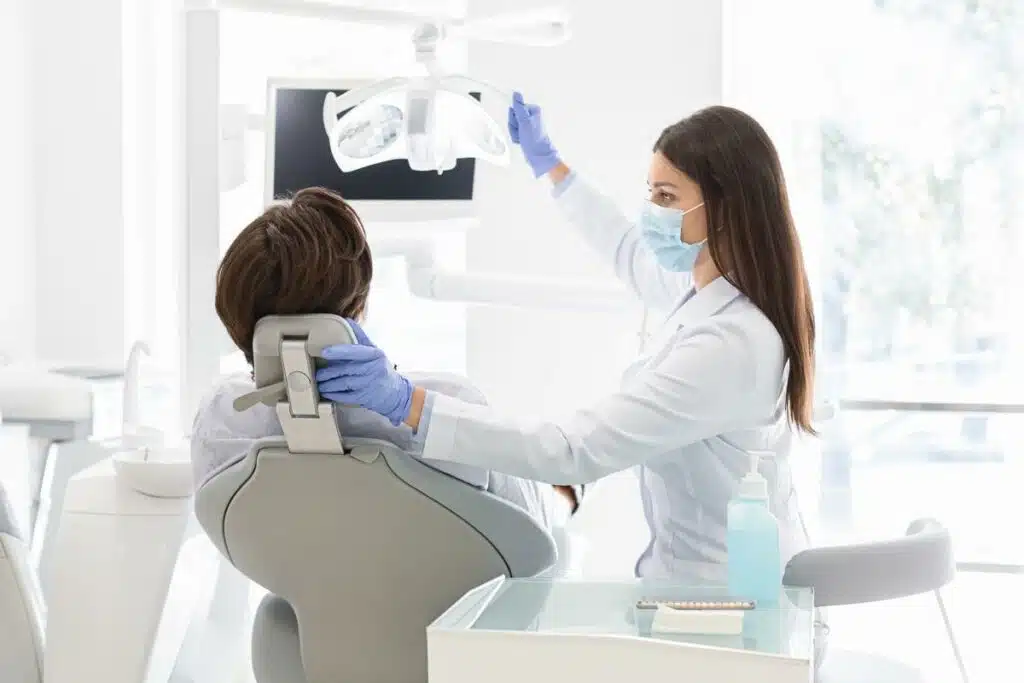
2. removal of tartar and plaque
The second step involves removing plaque and tartar. Plaque is a soft, sticky film of bacteria that forms on the teeth every day.
If it is not completely removed, it can harden and turn into tartar. Tartar can no longer be removed by brushing your teeth alone – this is where professional teeth cleaning comes into play.
Tartar is removed using special hand instruments or ultrasonic devices. These loosen the hardened plaque both above and below the gum line.
This step can be a little uncomfortable for people with sensitive gums, but is usually painless.
3. clean interdental spaces
After removing plaque and tartar, the specialist will focus on the interdental spaces.
Dental floss or interdental brushes are often used to remove all deposits even in the narrow spaces between the teeth.
As these areas are often difficult to reach when brushing teeth, plaque collects here particularly easily, which can later lead to tooth decay or gum inflammation.
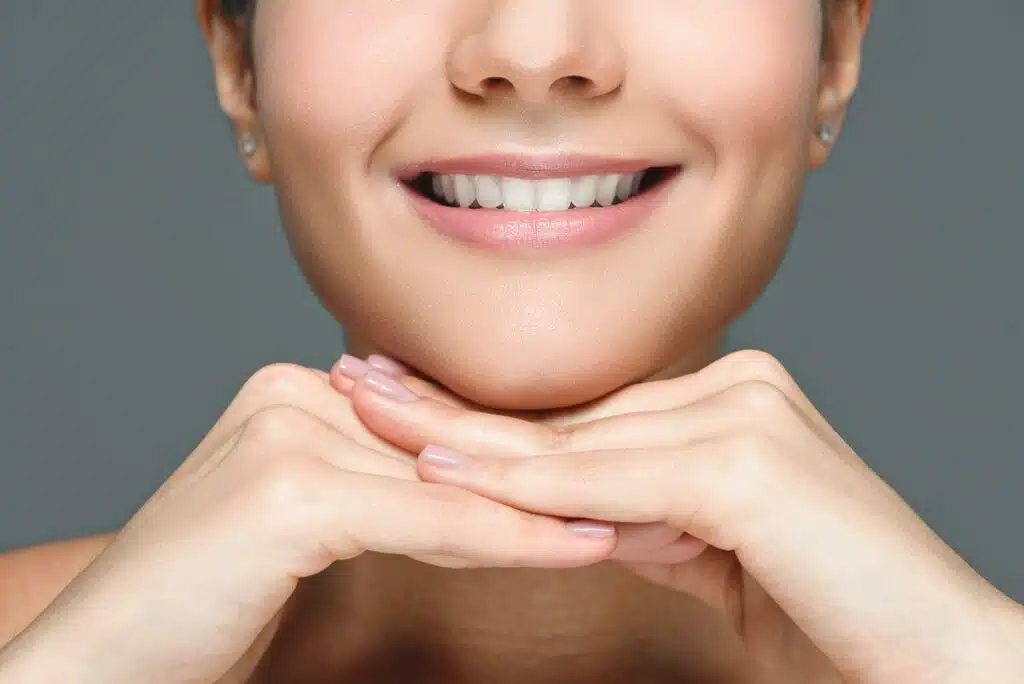
4. polishing the teeth
Another important part of professional teeth cleaning is polishing the teeth. After cleaning, the teeth often feel rough, as the removal of the tartar has made the tooth surface uneven.
To smooth them again and prevent new deposits, the teeth are polished with a special polishing paste.
This paste contains fine abrasive particles that smooth the teeth and at the same time remove discoloration caused by coffee, tea or other stimulants.
The polish not only makes the teeth appear smoother, but also brighter. The result is a clean and fresh mouthfeel that lasts for a long time.
| Get 150 € discount on your dental correction! |

Book a consultation appointment now at a nearby DrSmile partner practice and find out if teeth straightening with aligners is right for you.
The appointment is completely non-binding and does not involve any costs.
With the code “THATSMILE150” you will receive 150 € discount on the treatment.
5. fluoride treatment
After the teeth have been polished, a fluoride treatment usually follows. Fluoride helps to strengthen the tooth enamel and protects the teeth from acid attacks that can cause tooth decay.
The dental hygienist or dentist applies a fluoride gel or a special varnish to the teeth.
This treatment ensures that the tooth enamel is remineralized and the teeth become more resistant to caries.
In some cases, a special protective coating can also be applied to help protect the teeth from harmful influences in the coming weeks.
6. advice on proper dental care
Another important aspect of professional teeth cleaning is the individual consultation. The dental hygienist or dentist will give you tips on proper dental care and show you how you can improve your oral hygiene.
Dental floss or interdental brushes are often recommended to thoroughly clean the hard-to-reach areas between the teeth.
Advice on choosing the right toothbrush, toothpaste and mouthwash can also be part of this consultation.
If necessary, special dental care products that are suitable for your individual needs, for example for sensitive teeth or gum problems, are also recommended.
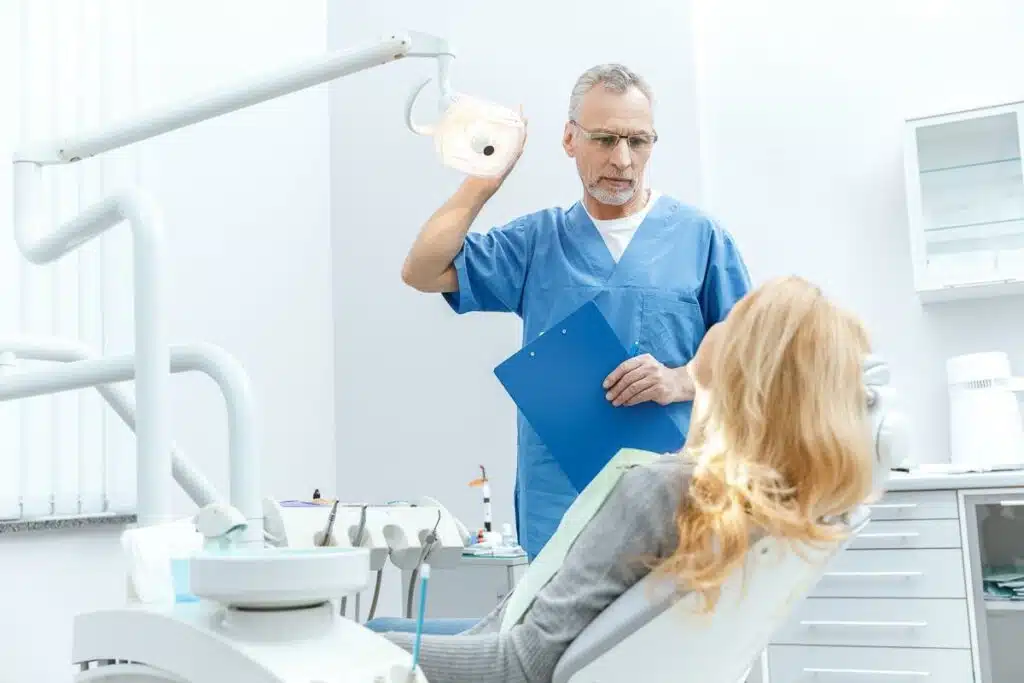
7. final discussion and aftercare
Once the dental cleaning has been completed, a short final consultation follows. This summarizes which areas of the mouth require special care and whether further dental treatment is necessary.
If any abnormalities are discovered during the cleaning, such as incipient caries or gum inflammation, the dentist will inform you and, if necessary, recommend an appointment for further treatment.
As part of your aftercare, we will also discuss how often it makes sense for you to have your teeth professionally cleaned. For most people, a professional dental cleaning is recommended every six to twelve months.
However, people with an increased risk of tooth decay or gum disease should have their teeth cleaned more often.
Why is professional teeth cleaning important?
Daily dental care at home is essential to keep teeth and gums healthy. However, even with thorough care, there are places in the mouth that cannot be fully reached with a toothbrush.
This is exactly where professional teeth cleaning comes in. It removes stubborn deposits such as tartar and plaque, which cannot be removed even by the best tooth brushing.
In addition, discoloration caused by the consumption of coffee, tea or tobacco is reduced.
Regular professional teeth cleaning can not only prevent tooth decay and gum disease, but also help to avoid expensive dental treatment in the long term.
Studies show that people who have regular dental cleanings are less likely to suffer from gum problems and have fewer cavities.

Conclusion: What can you expect from professional teeth cleaning?
Professional teeth cleaning is a thorough and effective way to support your dental health.
You can look forward to comprehensive cleaning that removes plaque, tartar and discoloration.
In addition to the actual cleaning, you will receive valuable tips on how to improve your dental care and protect your teeth from tooth decay and gum disease in the long term.
Regular visits to the dentist for professional teeth cleaning help to keep your teeth healthy and shiny – for a well-groomed and fresh smile.
| Get 150 € discount on your dental correction! |

Book a consultation appointment now at a nearby DrSmile partner practice and find out if teeth straightening with aligners is right for you.
The appointment is completely non-binding and does not involve any costs.
With the code “THATSMILE150” you will receive 150 € discount on the treatment.
FAQs on the procedure for professional teeth cleaning
Here we answer a few of the most frequently asked questions on the subject of “Professional teeth cleaning procedure”.
What is a professional teeth cleaning (PZR)?
Professional teeth cleaning (PZR) is a thorough cleaning of the teeth carried out by dentists or specially trained staff. It removes plaque, tartar and discoloration that cannot be completely removed by daily dental care alone. It serves to prevent tooth decay and gum disease.
How long does a professional dental cleaning take?
The duration of a professional dental cleaning depends on the condition of your teeth. It usually takes between 45 and 60 minutes. If you have regular dental cleanings, the appointment may be shorter as less tartar and plaque needs to be removed.
Is professional teeth cleaning painful?
In most cases, the PZR is not painful, but can be unpleasant if you have sensitive gums or large amounts of tartar. The dental hygienist or dentist will customize the treatment to avoid pain. Local anesthesia may be offered in cases of severe sensitivity.
How often should I have my teeth professionally cleaned?
For most people, a dental cleaning is recommended every six months. However, people with gum problems, a high risk of tooth decay or braces should have their teeth cleaned more frequently to prevent potential problems at an early stage.
What steps does professional teeth cleaning involve?
The professional teeth cleaning process begins with an examination of the gums and teeth. Tartar and plaque are then removed, the spaces between the teeth are cleaned and the teeth are polished. Finally, a fluoride treatment is often carried out to strengthen the tooth enamel. Advice on oral hygiene may also be part of the appointment.
Why is tooth polishing important during professional teeth cleaning?
The polish smoothes the tooth surfaces after plaque and tartar have been removed. Smoothing makes it more difficult for new plaque to form, and light discoloration caused by coffee, tea or tobacco can be removed. The result is a smooth, clean feeling on the teeth.
What does professional teeth cleaning cost?
The cost of professional teeth cleaning varies depending on the dental practice and the extent of the treatment. In Germany, prices are generally between 80 and 150 euros per session. Some health insurance companies cover part of the costs or offer subsidies for a PZR, so it is worth checking with your own insurance company.
Is professional tooth cleaning harmful to tooth enamel?
No, a PZR is not harmful to the tooth enamel. The instruments and techniques used are specifically designed to remove plaque and tartar without damaging the enamel. Regular dental hygiene appointments even help to protect the enamel by preventing the build-up of harmful deposits.
Can I eat and drink immediately after professional teeth cleaning?
After a PZR, you can basically eat and drink again immediately. However, it is recommended that you avoid strongly colored foods or drinks such as coffee, tea or red wine for a few hours, as the teeth may be more susceptible to discoloration due to the polishing and removal of plaque.
What effect does professional teeth cleaning have on the gums?
Professional teeth cleaning has a positive effect on the gums as it removes bacteria and plaque that can cause gum inflammation. In some cases, gums may bleed slightly if they are particularly sensitive or inflamed. However, after the PZR, the gums should recover and become healthier in the long term.
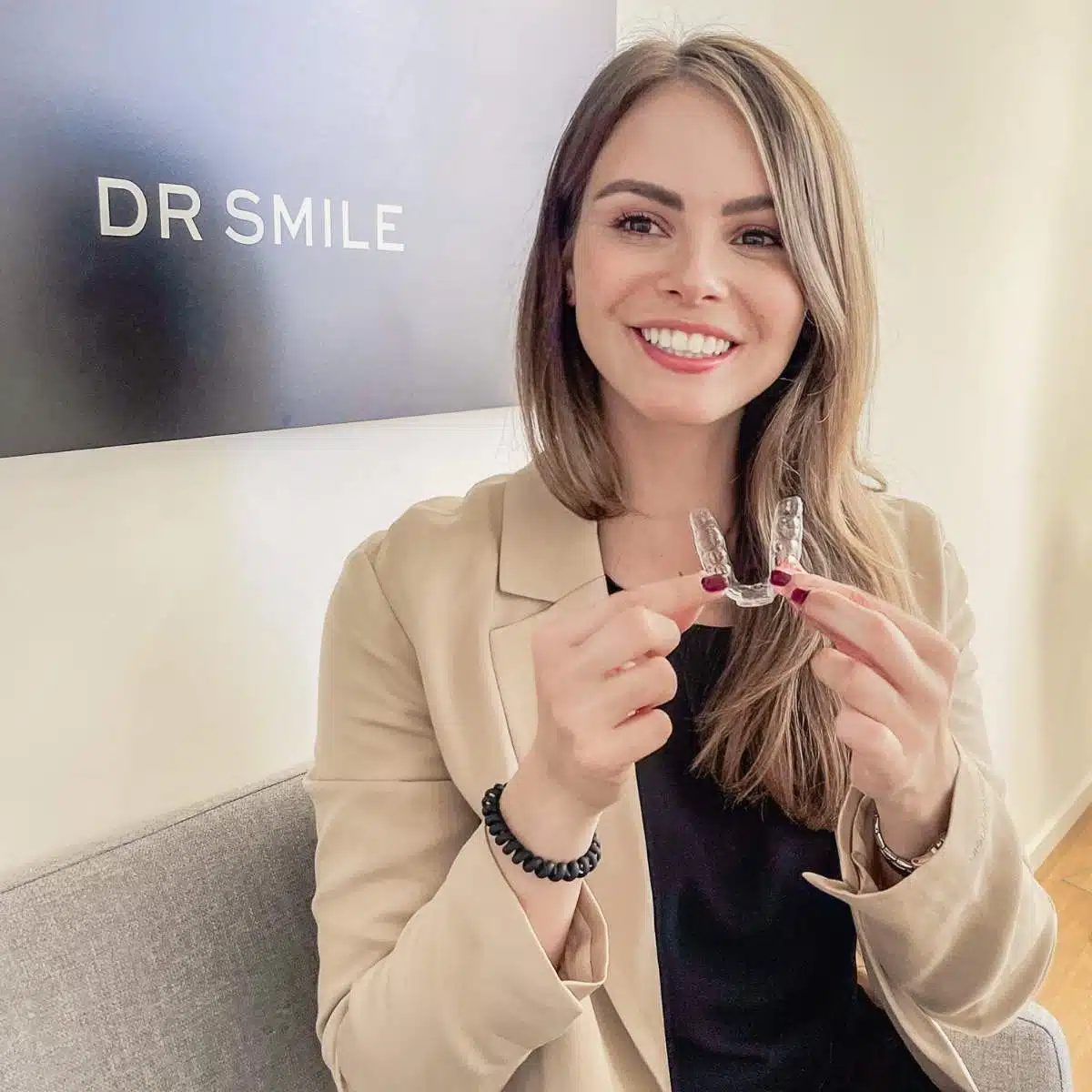
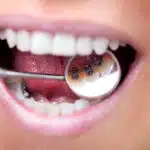

Leave a Reply